journalistsforspace-blog
2K posts
Don't wanna be here? Send us removal request.
Photo


The material around SN 1987A (artist’s impression)
This artist’s impression of the material around a recently exploded star, known as Supernova 1987A (or SN 1987A), is based on observations which have for the first time revealed a three dimensional view of the distribution of the expelled material. The observations were made by astronomers using ESO’s Very Large Telescope. The original blast was not only powerful, according to the new results. It was also more concentrated in one particular direction. This is a strong indication that the supernova must have been very turbulent, supporting the most recent computer models. This video shows the different elements present in SN 1987A: two outer rings, one inner ring and the deformed, innermost expelled material.
Just how a supernova explodes is not very well understood, but the way the star exploded is imprinted on this inner material. The astronomers could deduce that this material was not ejected symmetrically in all directions, but rather seems to have had a preferred direction. Besides, this direction is different to what was expected from the position of the rings.
Credit: ESO/L. Calçada
4K notes
·
View notes
Photo

NGC 4755 is a star cluster, in the constellation of Crux at 6,445 light-years from Earth.
Credit & Copyright: Dieter Willasch (Astro-Cabinet)
2K notes
·
View notes
Photo

Bright from the Heart Nebula
The Heart Nebula or IC 1805, lies some 7500 light years away from Earth and is located in the Perseus Arm of the Galaxy in the constellation Cassiopeia. This is an emission nebula showing glowing ionized hydrogen gas and darker dust lanes.
Image Copyright: Simon Addis
3K notes
·
View notes
Photo

New born Star (1920x1066)
142 notes
·
View notes
Photo

M66, NGC3627
M66 is a spiral galaxy of type Sb in the constellation Leo. At a distance of about 35 million light-years, M66 apparently forms a triplet with its neighbors M65 and NGC3628. This image was taken with the WIYN 0.9-meter telescope at the Kitt Peak National Observatory on the nights of December 19th and 20th 2002 UT. Image size 9.1x11.3 arc minutes.
credit line: NOAO/AURA/NSF
NOAO
9 notes
·
View notes
Photo

I made a render of the Sun rising over Venus in 3D [3840x2160] : CHooTZ || ourspaceisbeautiful.tumblr.com
13 notes
·
View notes
Photo

Milky Way panorama from a dark location. [OC] [1280x1920]
16 notes
·
View notes
Photo

Heart & Soul Nebulae -via I got my first telescope from amazon last week! I’m so excited to use it!! What to look at first? Get yours too! Telescopes of all prices :)
39 notes
·
View notes
Text
Expedition 52 Begins Aboard Space Station
When humans launch to the International Space Station, they are members of expeditions. An expedition is long duration stay on the space station. The first expedition started when the crew docked to the station on Nov. 2, 2000.
Expedition 52 began in June 2017 aboard the orbiting laboratory and will end in September 2017.

FUN FACT: Each Expedition begins with the undocking of the spacecraft carrying the departing crew from the previous Expedition. So Expedition 52 began with the undocking of the Soyuz MS-03 spacecraft that brought Expedition 51 crew members Oleg Novitskiy and Thomas Pesquet back to Earth, leaving NASA astronauts Peggy Whitson and Jack Fischer and Roscosmos cosmonaut Fyodor Yurchikhin aboard the station to await the arrival of the rest of the Expedition 52 crew in July.

This expedition includes dozens of out of this world science investigations and a crew that takes #SquadGoals to a whole new level.
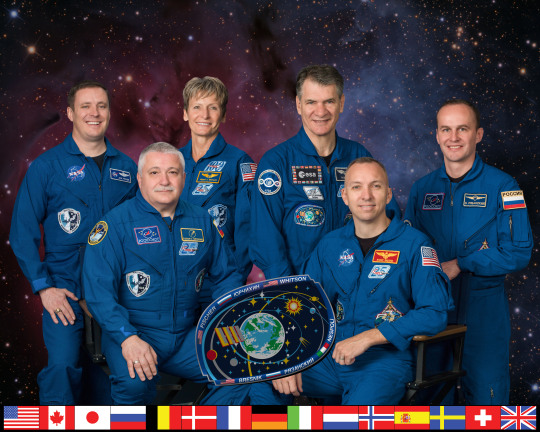
Take a look below to get to know the crew members and some of the science that will occur during the space station’s 52nd expedition.
Crew

Fyodor Yurchikhin (Roscosmos) – Commander
Born: Batumi, Adjar ASSR, Georgian SSR Interests: collecting stamps and space logos, sports, history of cosmonautics and reading Spaceflights: STS-112, Exps. 15, 24/25, 36/37, 51 Bio: https://go.nasa.gov/2o9PO9F
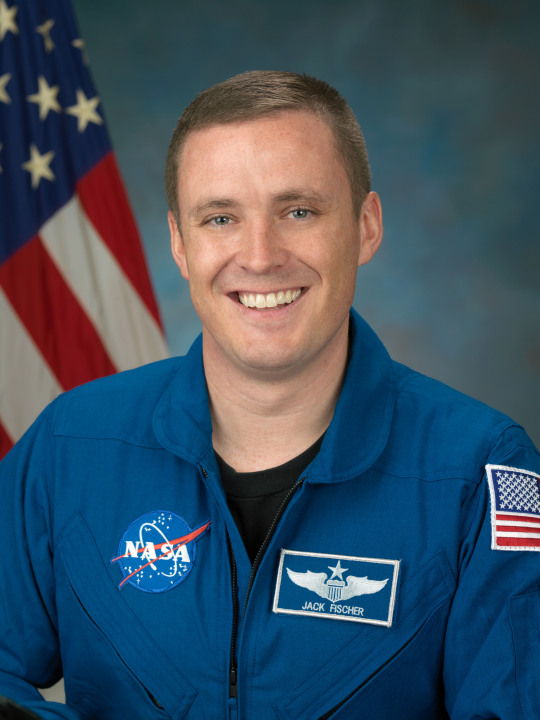
Jack Fischer (NASA) – Flight Engineer
Born: Louisville, Colorado. Interests: spending time with my family, flying, camping, traveling and construction Spaceflights: Expedition 51 Twitter: @Astro2Fish Bio: https://go.nasa.gov/2o9FY7o
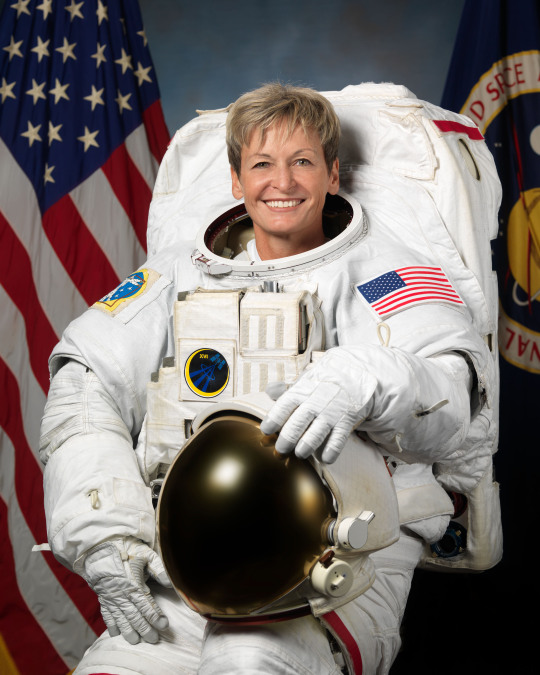
Peggy Whitson (NASA) – Flight Engineer
Born: Mount Ayr, Iowa Interests: weightlifting, biking, basketball and water skiing Spaceflights: STS-111, STS – 113, Exps. 5, 16, 50, 51, 52 Twitter: @AstroPeggy Bio: https://go.nasa.gov/2rpL58x
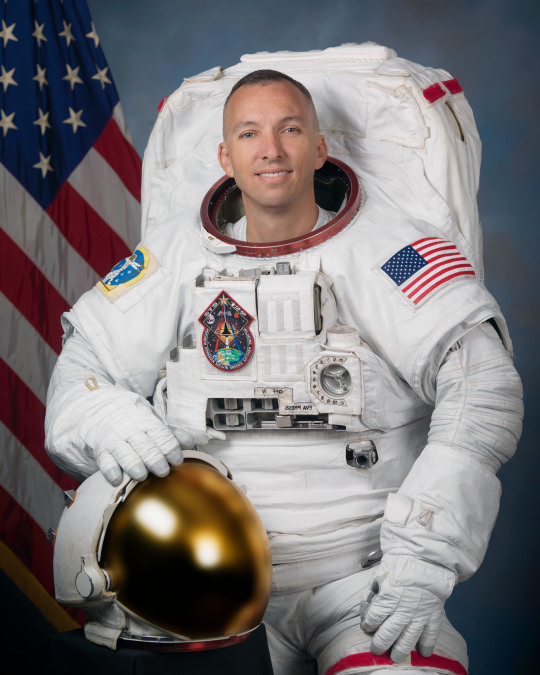
Randolph Bresnik (NASA) – Flight Engineer
Born: Fort Knox, Kentucky Interests: travel, music, photography, weight training, sports, scuba diving, motorcycling, and flying warbirds Spaceflights: STS-129 and STS-135 Twitter: @AstroKomrade Bio: https://go.nasa.gov/2rq5Ssm

Sergey Ryazanskiy (Roscosmos) – Flight Engineer
Born: Moscow, Soviet Union Interests: Numismatics, playing the guitar, tourism, sport games Spaceflights: Exps. 37/38 Twitter: @Ryazanskiy_ISS Bio: https://go.nasa.gov/2rpXfOK

Paolo Nespoli (ESA) – Flight Engineer
Born: Milan, Italy Interests: scuba diving, piloting aircraft, assembling computer hardware, electronic equipment and computer software Spaceflights: STS-120, Exps. 26/27 Bio: https://go.nasa.gov/2rq0tlk
What will the crew be doing during Expedition 52?

In addition to one tentatively planned spacewalk, crew members will conduct scientific investigations that will demonstrate more efficient solar arrays, study the physics of neutron stars, study a new drug to fight osteoporosis and study the adverse effects of prolonged exposure to microgravity on the heart.

Roll-Out Solar Array (ROSA)
Solar panels are an efficient way to generate power, but they can be delicate and large when used to power a spacecraft or satellites. They are often tightly stowed for launch and then must be unfolded when the spacecraft reaches orbit.
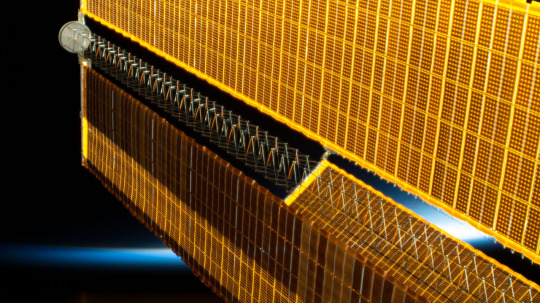
The Roll-Out Solar Array (ROSA), is a solar panel concept that is lighter and stores more compactly for launch than the rigid solar panels currently in use. ROSA has solar cells on a flexible blanket and a framework that rolls out like a tape measure.
Neutron Star Interior Composition Explored (NICER)
Neutron stars, the glowing cinders left behind when massive stars explode as supernovas, are the densest objects in the universe, and contain exotic states of matter that are impossible to replicate in any ground lab.

The Neutron Star Interior Composition Explored (NICER) payload, affixed to the exterior of the space station, studies the physics of these stars, providing new insight into their nature and behavior.
Systemic Therapy of NELL-1 for Osteoporosis (Rodent Research-5)
When people and animals spend extended periods of time in space, they experience bone density loss. The Systemic Therapy of NELL-1 for osteoporosis (Rodent Research-5) investigation tests a new drug that can both rebuild bone and block further bone loss, improving health for crew members.

Fruit Fly Lab-02
Exposure to reduced gravity environments can result in cardiovascular changes such as fluid shifts, changes in total blood volume, heartbeat and heart rhythm irregularities, and diminished aerobic capacity. The Fruit Fly Lab-02 study will use the fruit fly (Drosophila melanogaster) to better understand the underlying mechanisms responsible for the adverse effects of prolonged exposure to microgravity on the heart.

Watch their progress HERE!
Expedition 52 Mission Patch
Our planet is shown surrounded by an imaginary constellation shaped like a house, depicting the theme of the patch: “The Earth is our home.” It is our precious cradle, to be preserved for all future generations. The house of stars just touches the Moon, acknowledging the first steps we have already taken there, while Mars is not far away, just beyond the International Space Station, symbolized by the Roman numeral “LII,” signifying the expedition number.
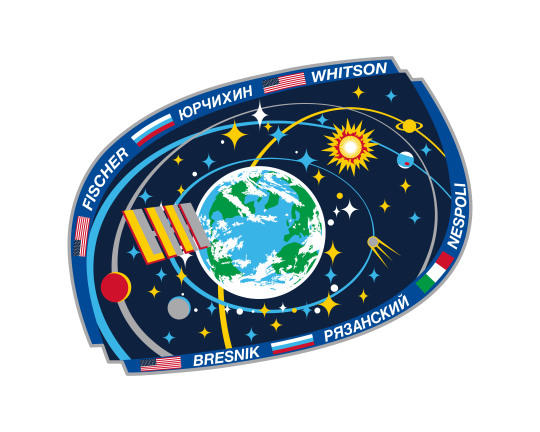
The planets Saturn and Jupiter, seen orbiting farther away, symbolize humanity’s exploration of deeper space, which will begin soon. A small Sputnik is seen circling the Earth on the same orbit with the space station, bridging the beginning of our cosmic quest till now: Expedition 52 will launch in 2017, sixty years after that first satellite. Two groups of crew names signify the pair of Soyuz vehicles that will launch the astronauts of Expedition 52 to the Station.
Click here for more details about the expedition and follow @ISS_Research on Twitter to stay up to date on the science happening aboard YOUR orbiting laboratory!
Make sure to follow us on Tumblr for your regular dose of space: http://nasa.tumblr.com
1K notes
·
View notes
Photo

Milky Way Core - Tenerife
Possibly my best picture to date, this was taken 2 weeks ago in May 2017 in Tenerife, Spain. The image is a stack of 3 images which has been processed to extract the detail in the dust lanes. I took this at about 2 am at 2138m on the side of a Volcano. Canon 6D, Samyang 24mm, F5.6 ISO 800 X 3
553 notes
·
View notes
Photo

Orion’s Belt, Flame, and Horsehead
658 notes
·
View notes
Photo

Rings and Moons Circling Uranus, taken by Hubble space telescope.
js
11K notes
·
View notes
Photo

5 Years Ago Today, I Captured This Photo of Venus’ Transit of the Sun : 0ne_Winged_Angel || ourspaceisbeautiful.tumblr.com
23 notes
·
View notes
Photo

The moon as of 4:35am 5/3/2015. can’t sleep so I set the telescope up and started snapping at the moon 🌚🌝🌖 - taken with galaxsee telescope and iPhone4
541 notes
·
View notes
Photo

NGC 6670 is a gorgeous pair of overlapping edge-on galaxies resembling a leaping dolphin. Scientists believe that NGC 6670 has already experienced at least one close encounter and is now in the early stages of a second. The nuclei of the two galaxies are approximately 50,000 light-years apart. NGC 6670 glows in the infrared with more than a hundred billion times the luminosity of our Sun and is thought to be entering a starburst phase. The pair is located some 400 million light-years away from Earth.
This image is part of a large collection of 59 images of merging galaxies taken by the Hubble Space Telescope and released on the occasion of its 18th anniversary on 24th April 2008.
Object Names: NGC 6670, NGC 6670A/B, VII Zw 812
Image Type: Astronomical
Credit: NASA, ESA, the Hubble Heritage (STScI/AURA)-ESA/Hubble Collaboration, and A. Evans (University of Virginia, Charlottesville/NRAO/Stony Brook University)
Time And Space
224 notes
·
View notes

